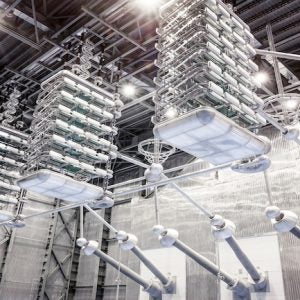Sian Crampsie
A preliminary report from the Australian Energy Market Operator (AEMO) says that a severe storm triggered the events that led to a state-wide blackout in South Australia on 28 September 2016.
AEMO said that high winds, thunder storms, lightning strikes, hail and heavy rainfall resulted in multiple transmission system faults that eventually led to the widespread blackout, which lasted for several hours.
The event has raised concerns over the reliance of South Australia on renewable energy, which makes up around 40 per cent of the state’s power mix. Criticisms of the state’s leadership on promoting renewables has lead its government to convene a meeting of energy market leaders to discuss energy policy.
According to AEMO’s preliminary report, the storms caused the loss of three major 275 kV transmission lines in just 12 seconds. While the system initially rode through the failts, further faults caused the disconnection of 315 MW of wind generation, putting pressure of the main Victorian connector to make up the shortfall.
That interconnector’s automatic protection mechanism then activated, resulting in the loss of South Australia’s customer load and electricity generation, AEMO said.
“South Australia hasn’t seen a storm like last week’s in living memory,” said South Australian premier Jay Weatherill. “Those images of transmission lines bent over showed just how powerful the wind was. “Based on early advice from AEMO and the experts, I have consistently said this was a weather event, not a renewable energy event. AEMO’s preliminary report supports this view.
“Friday’s meeting of Energy Ministers in Melbourne is an important opportunity to look at Wednesday’s events and begin working to ensure this doesn’t happen again. South Australia will be taking a leadership role to promote reform of the National Energy Market and drive further interconnection between states.”






